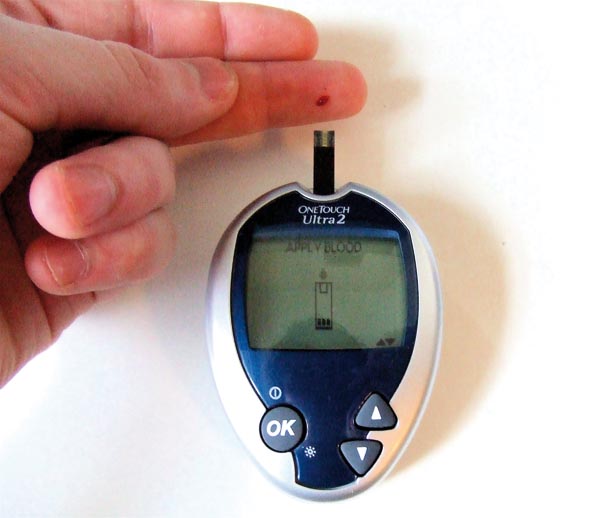Diabetes patients in the market for a glucose meter can choose among a wide range of configurations and types. Depending on the treatment regimen prescribed by their physicians, patients can opt for simple fingerstick metering systems or select an advanced continuous blood sugar monitoring system for added data collection. Each type of blood glucose meter is designed to provide valuable information about blood sugar levels. Most patients should follow their physician’s advice regarding which category of monitoring device is best for their particular situation. For patients who want to make a more informed decision, here are some important factors to consider when choosing a system for monitoring and recording blood glucose levels.

Ease of use
The most advanced blood glucose monitoring system is essentially useless if it is too difficult or complex for the patient to use. Most fingerstick systems are relatively easy to master and require a minimal learning curve on the part of patients. Continuous blood glucose monitoring systems may require a greater investment in time and effort for patients in order to ensure their proper use and to obtain optimal results. By selecting a system that is relatively easy to use and provides predictable results, patients can often maintain better control over their diabetes symptoms.
Portability
The ability to easily take glucose monitoring systems along during normal daily activities is essential in today’s fast-paced world. Fingerstick methods are small enough to take along but may prove inconvenient to use in certain circumstances. Prolonged business meetings, athletic competitions and other activities may make a continuous blood glucose monitoring system a more practical choice. These advanced systems remain in place throughout the day and can provide valuable alerts if blood sugar levels fluctuate significantly during extended periods of activity. Modern continuous monitoring systems are less obtrusive and more discreet than ever before, allowing patients to enjoy a full range of activities without requiring removal or adjustment.
Accuracy
Fingerstick metering methods are still considered the most accurate. As a result, they are used to perform daily calibrations on continuous glucose monitoring systems to ensure accuracy. However, the quality and quantity of data collected by continuous monitoring systems far surpasses that available from morning and evening fingerstick tests. Depending on the recommendation of the patient’s physician, the added data collected by these systems can supplement fingerstick testing data to provide a more comprehensive picture of the patient’s blood sugar levels on an ongoing basis.
Finding the most effective glucose metering system can be challenging. By considering these factors and choosing a system that provides the best possible combination of ease of use, portability and accuracy, patients and physicians can work together to obtain the information needed to evaluate the progress of the disease and establish a customized treatment plan for managing diabetes effectively.
Cameron enjoys writing about various topics. One of them happens to be health. If you happen to be in the market for a glucose meter, please visit http://www.dexcom.com/
Three Factors To Consider When Choosing A Blood Glucose Metering System

